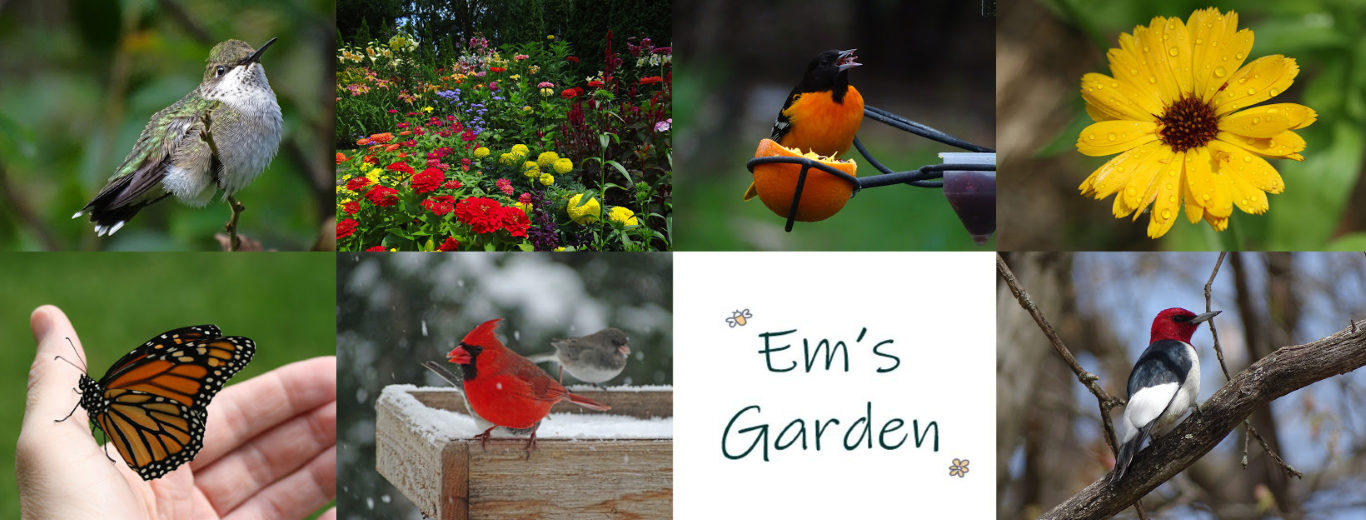White-throated Sparrows have been in our neighborhood for the last couple of weeks. They usually arrive in late spring and hang out for about a month before traveling north to their summer breeding grounds. I call them “Santa sparrows” because of that little white “beard”:

Five years ago I shared my thoughts about White-throated Sparrows on this blog:
“White-throated Sparrows are my favorite sparrow (with the Chipping Sparrow not far behind). These birds have a sweet little song that some say sounds like “oh-sweet-canada”, but I think sounds like an intoxicated chickadee.
These large sparrows are easy to identify because they have little white beards. They prefer seeds of grasses, but they’ll also eat insects and fruit, and in the spring they’ll even eat tree buds.

White-throated Sparrows usually arrive in my yard in late September with or just ahead of flocks of Dark-eyed Juncos. And I’ve never seen one, but sometimes they even mate with Dark-eyed Juncos and produce a hybrid bird.
White-throated Sparrows stay into late October in this area and then continue a little further south on their winter migration journey.

In April they appear again on their way to Northern Wisconsin and Canada—summer breeding grounds. This year a White-throated Sparrow spent the winter in our neighborhood.
It’s fun to watch White-throated Sparrows forage for seeds and insects because they hop back and forth and scratch the ground like tiny chickens.
Look for White-throated Sparrows in your gardens or flowerbeds where you may find them on the ground searching for leftover seeds. Or check under shrubs and trees. The birds that visit my yard like to hang out under several arborvitaes. I throw millet and safflower seeds under there occasionally and let them fight it out with the chipmunks.
White-throated Sparrows are 6 to 7 inches long and can be found throughout Canada in the summer and in the southeastern and Atlantic states in the U.S. in winter.”
